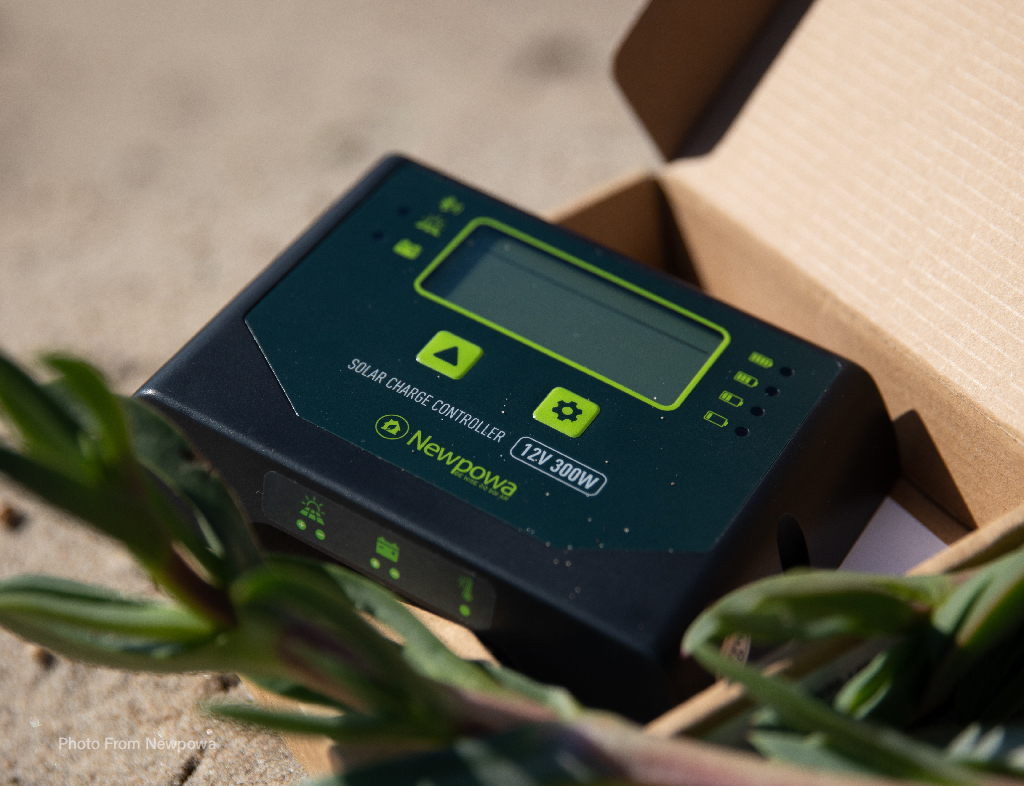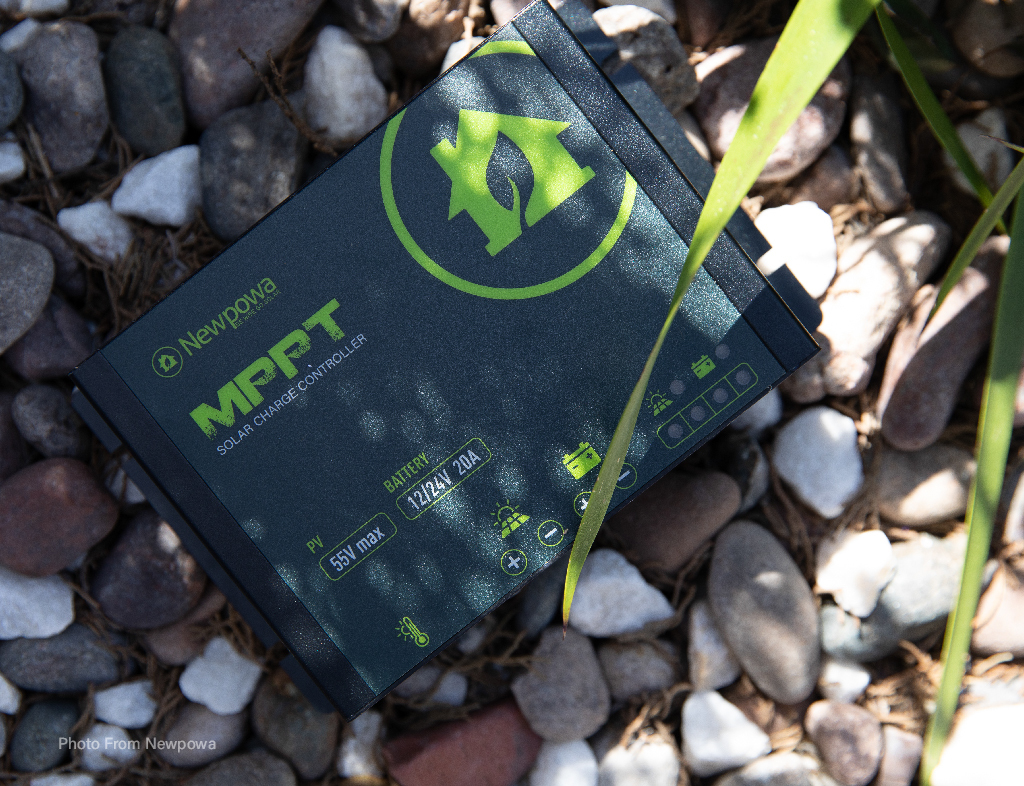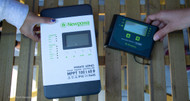UNDERSTANDING SOLAR CHARGE CONTROLLERS: PWM VS. MPPT FOR OFF-GRID SYSTEMS
23rd Apr 2025
Solar charge controllers are a crucial component in off-grid solar systems, regulating the power flow from solar panels to batteries to prevent overcharging and optimize performance. Two main types dominate the market: Pulse Width Modulation (PWM) and Maximum Power Point Tracking (MPPT). Understanding their differences is key to selecting the right one for your setup.

PWM controllers are the simpler and more affordable option, making them a popular choice for smaller off-grid applications. They work by gradually reducing the charging current as the battery approaches full charge, ensuring longevity and safety. However, they operate at the battery’s voltage, which can lead to inefficiencies, especially when using higher-voltage solar panels. Since PWM controllers do not adjust voltage levels dynamically, they are best suited for systems where solar panel voltage closely matches battery voltage, such as 12V panels with 12V battery banks. Their straightforward design, reliability, and lower cost make them a practical choice for budget-conscious users with modest energy needs.
MPPT controllers, on the other hand, are designed for higher efficiency by dynamically adjusting voltage and current to extract maximum power from solar panels. They can convert excess voltage into additional charging current, significantly improving energy harvest—especially in colder conditions when solar panel voltage tends to be higher. This allows users to connect higher-voltage panels to lower-voltage battery banks, providing greater flexibility in system design and reducing energy losses in long cable runs. The efficiency gains of MPPT controllers often range between 20-30% over PWM, making them ideal for larger systems where every watt counts. However, they come at a higher price, and their more complex electronics may require additional considerations in terms of setup and maintenance.
Choosing the right charge controller depends on your system size, budget, and energy needs. If you're running a small-scale setup with low power demands—such as an RV, boat, or cabin with a modest solar array—a PWM controller may be sufficient. However, if you have a larger system with higher energy demands, require flexibility in panel configurations, or are working in variable weather conditions, investing in an MPPT controller can significantly boost performance and long-term savings.

Striking the right balance between cost and efficiency is key. While MPPT controllers offer superior performance, the additional investment may not always be justified for smaller systems. By carefully evaluating your energy requirements and system configuration, you can ensure you choose the most effective charge controller to keep your off-grid solar system running smoothly and efficiently.
